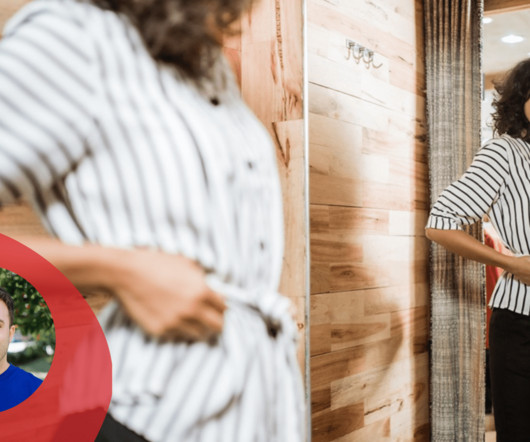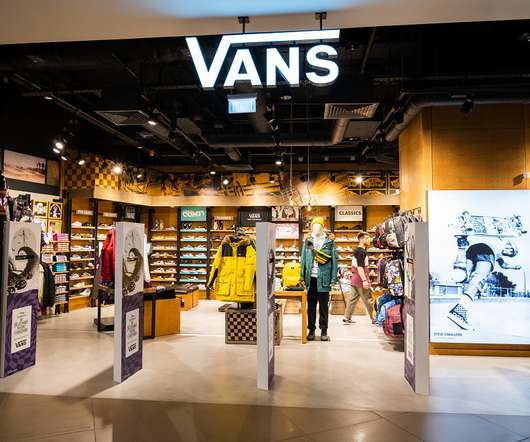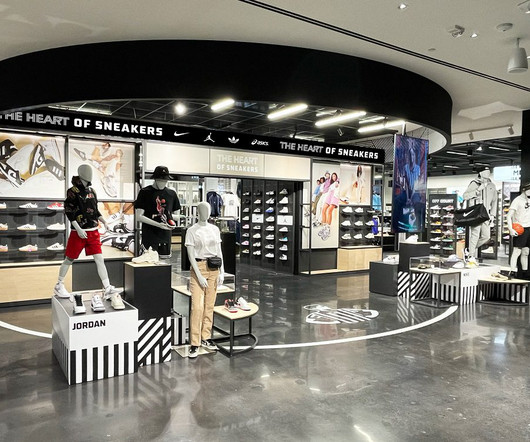Essential Retail Store Pre Opening Checklist for a Successful Launch
Small Biz Trends
JUNE 15, 2025
Evaluate Readiness: A comprehensive checklist allows you to assess all areas of your store on opening day, from product displays to staff training, enhancing customer satisfaction. Opening a retail store is an exciting journey filled with endless possibilities. How do I evaluate the store’s location effectively?















Let's personalize your content